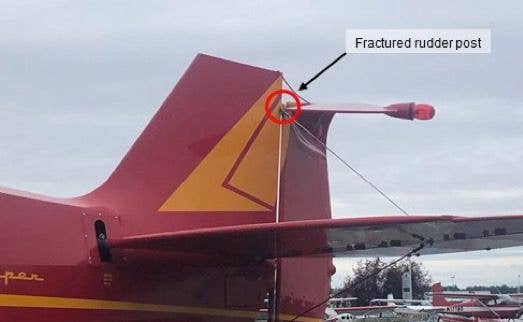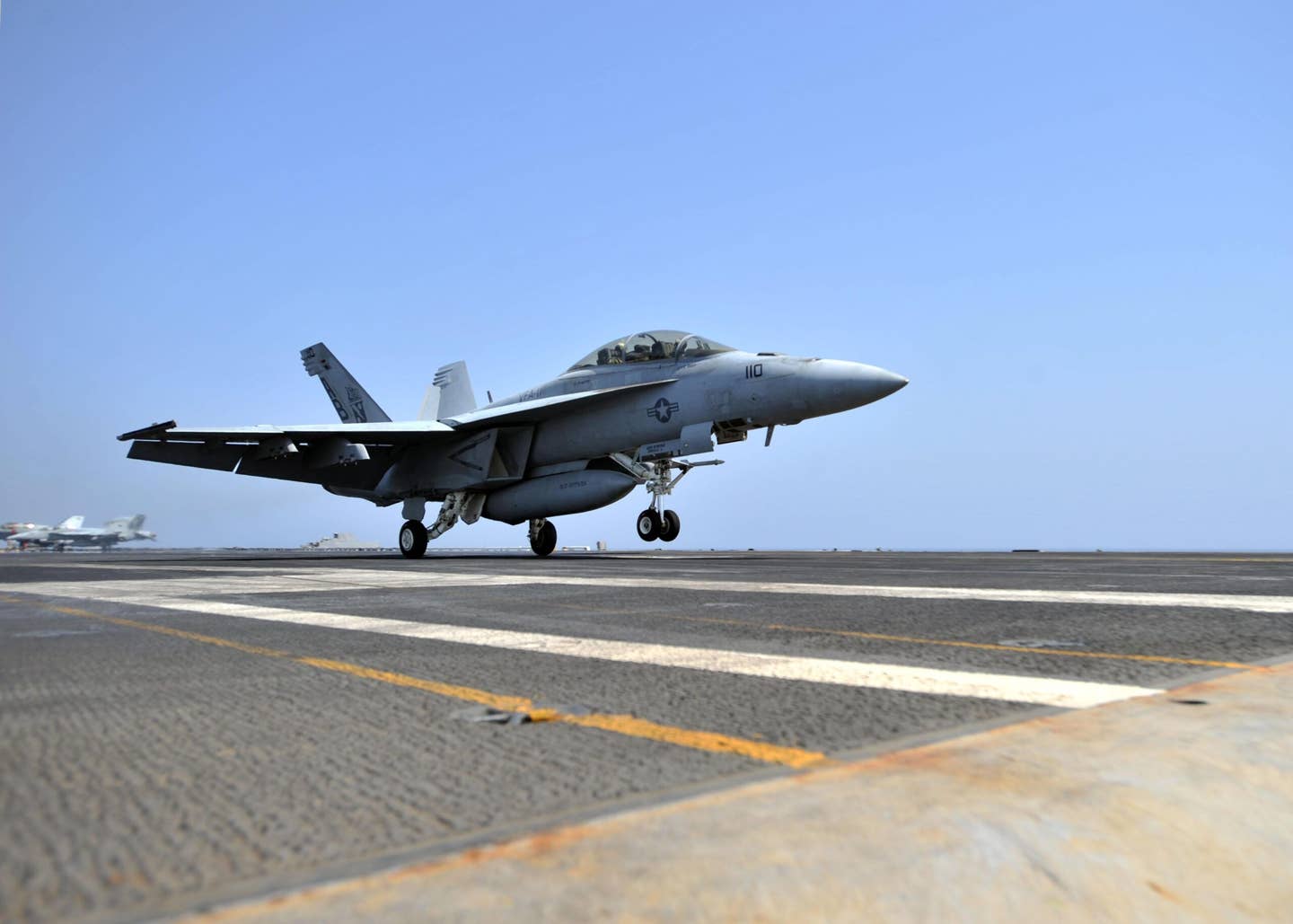Piper Club Says Rudder AD Needs Work
The Short Wing Piper Club says a proposed AD to replace rudders on almost 31,000 Piper aircraft built before 1974 is a huge overreach and the process itself is deeply…

The Short Wing Piper Club says a proposed AD to replace rudders on almost 31,000 Piper aircraft built before 1974 is a huge overreach and the process itself is deeply flawed. Last week the FAA issued a notice that the comment period for the AD would be extended 90 days until late February. The Short Wing Piper Club has issued a statement noting the extension but also asking the FAA to change the AD to include much more information. The proposed AD came following an NTSB investigation into two incidents in Alaska in which the top rudder posts failed and the rudders bent 90 degrees in flight. Both aircraft landed safely and there were no injuries.
The Short Wing club says the aircraft involved were modified with larger engines and tail-mounted beacons. It also said the AD captured aircraft that don't have the same rudder as those that failed. The club says a lot more investigation and study are needed to determine which aircraft should be equipped with rudders made with a different steel alloy, which the proposed AD would mandate for virtually all Cubs and variants made before 1974, when Piper started using the new metal in the rudders. The FAA says replacing the rudders should cost $3,000, but there have been claims that the work will cost much more than that. The club's full statement follows:
Statement From Short Wing Piper Club
The Short Wing Piper Club and many other Type clubs and other organizations such as, but not limited to the AOPA, EAA, and VAA have petitioned the FAA for a 90-day extension to the NPRM, after the docket is filled out in entirety. There is missing information and facts from the NPRM making it extremely difficult to respond in a timely manner. Our request is and has been for a complete docket with all relevant data so we can make an informed response to the NPRM.
What we do know currently is that both accident aircraft are modified from the TCDS with larger engines, and props. They also had an aftermarket beacon installed on top of the rudder, which these planes were not equipped with from Piper Aircraft. We do know that all affected aircraft are from one geographical area, and not spread across the lower 48 states. We do know that on at least one of the accident aircraft there was an FAA investigation, but we have no record of the findings of that investigation. We know that in all occasions the aircraft were able to land safely and there were no injuries or fatalities. We do know that there are 30,992 aircraft affected by this NPRM. We do know that the inspection process worked and rudders were removed from service before an inflight failure
occurred.
What we do not know, is the time in service of any of the failed rudders. We have no idea of the storage facilities of the accident aircraft and the environment they are subjected to daily. Were these planes used for private leisure flight or were they used in a commercial operation? It was not mentioned when these aircraft were last inspected, or when they were last recovered, so the condition of the underlying structure is unknown.
The NTSB investigation was focused on Piper Part Number 40622 rudder, but the NPRM also includes Piper Part Number 41313. The 41313 rudder is found on the J-3, L-4, and PA-11 models and have lower power and no electrical system and should not be affected. Of the models using the 40622 rudders, the PA-15/17 are of 65 Hp with no electrical system, and should be excluded. Following that, the PA-16, 20, & 22 models have a shorter fuselage with smaller tail volume with a limited rudder defection angle and no reported failures. This only leaves the J-5, PA-12, PA-14, and PA-18 models, and there have been no reported failures with the J-5. With only one reported failure of a PA-18, and it was equipped with a 180 hp engine installed, the remaining failures were, one PA-14 on floats with 160 hp and the rest of the failures on the PA-12 model.
To do this properly, we not only need the 90-day extension which was granted, but we need the process to be fixed and all information provided. Here is what is missing from the NPRM: The agency’s Airworthiness Directives Manual (IR-M 8040.1C) at page 63, states that the minimum information to be placed in the AD docket are:
a. Record of technical decision making (i.e., the version of the AD action that is
published in the Federal Register or emergency AD);
b. FAA reports, summaries or lists of facts, data, or reports that support the AD
action;
c. ADs or other similar documents issued by an international civil aviation
authority;
d. Regulatory Evaluation Form;
e. Records of each ex parte contact or series of contacts;
f. Comments received on the proposed rulemaking (if any); and
g. Records of approval of IBR documents
At this date, the only document in the rulemaking docket provided by the agency is its proposed AD. There is no report, summary, list(s) of facts or data, or reports that support the action being proposed. There is no regulatory evaluation form to support the cost of the action, and there is no record of approval for the Piper Service Bulletin incorporated by reference in the proposed action.






